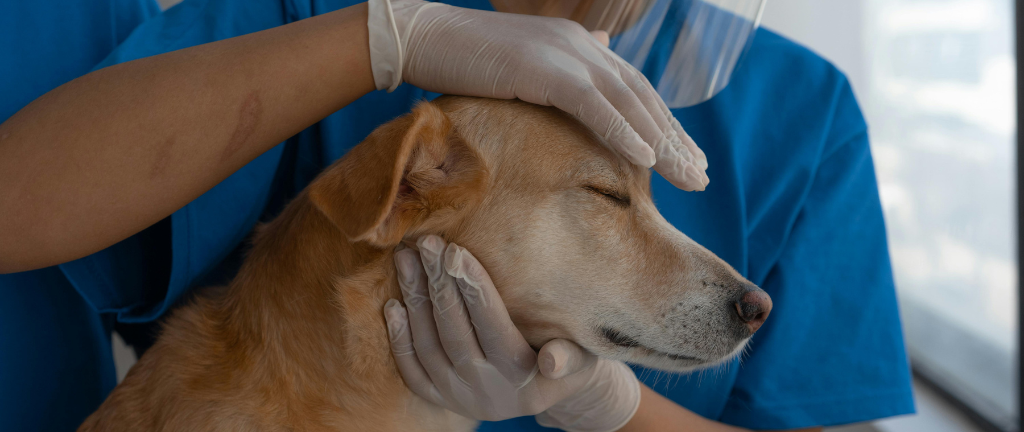Pet Insurance
Midni9ht Mandarin Guide to Protecting Your Pet’s Health and Your Budget
Hello & Welcome
Welcome to Pet Blog #3! This post is all about pet insurance—why it matters, what to look for, and how it fits into the bigger picture of caring for your pet’s health.
What We’ll Cover
- Quick Disclaimer
- What Is Pet Insurance?
- Why I Believe Pet Insurance Is Important
- Overview of Coverage Options
- Key Questions to Ask (includes printable PDF)
- Extra Advice (like choosing a vet)
- Printable PDF Checklist: Pet Insurance & Veterinarian Selection
Disclaimer
I don’t recommend any specific pet insurance company. Every pet family has their own needs and budget. This guide is simply to help you understand what to look for and where to begin.
What Is Pet Insurance?
Pet insurance is health insurance designed for pets. It helps cover the cost of vet bills—whether it’s an emergency, illness, or routine care.
If you have an exotic pet (like a rabbit, bird, or reptile), be sure to shop around. Some companies may not cover specific species.
Why I Think Pet Insurance Is Important
At Midni9ht Mandarin, I often focus on natural healing methods for pets. Still, I strongly believe every pet should be established with a primary care veterinarian.
If your pet shows signs of a health issue, testing is the first step. You can’t make informed choices about your pet’s healing path without knowing what’s going on. Usually, vets will recommend medication, and it’s your choice whether to follow that route or look into natural healing
⚠️ Important Note: I am not advising against prescribed medications. I just encourage you to understand potential side effects and explore all your options.
Also, the cost of pet healthcare is rising. Even a routine vet visit can run several hundred dollars. Pet insurance gives peace of mind that you won’t have to skip important testing or care due to cost.
Overview of Coverage Options
BASIC COVERAGE FEES
- Accident-Only: Injuries like broken bones, swallowed objects, cuts, etc.
- Accident & Illness: Adds coverage for health conditions like allergies, infections, or chronic diseases.
- Wellness Add-On: Helps cover flea/tick prevention, vaccinations, heartworm tests, yearly blood work, etc.
YEARLY DEDUCTIBLE
You’ll choose a deductible ($100–$1,000 range).
- Lower deductible = higher monthly premium
- Higher deductible = lower monthly premium
Example:
Vet bill is $500. If your deductible is $300, you pay that amount, and your insurer covers the remaining $200 (if eligible). Once you meet the deductible for the year, your reimbursement kicks in at the percentage you selected.
REIMBURSEMENT PERCENTAGE
After the deductible is met, insurers typically cover:
- 70% (you pay 30%)
- 80% (you pay 20%)
- 90% (you pay 10%)
Example:
Bill = $100. If your plan covers 80%, and your deductible has already been met, they reimburse you $80. You pay $100 up front and get reimbursed later via check or direct deposit.
ANNUAL BENEFITS LIMITS
This is the max coverage amount per year.
Options often range from $5,000 to unlimited. Higher limits usually mean higher monthly premiums.
What to Ask When Shopping for Pet Insurance
(Printable checklist available here)
- Do they cover exotic pets?
- Are pre-existing conditions excluded permanently?
- Can you appeal a “pre-existing condition” classification?
- Do they accept direct payments to vet clinics?
- How fast is customer service (chat, phone)?
- Can you choose your own vet?
Midni9ht Mandarin’s Pet Insurance & Veterinarian Advice
- ✅ Call your vet to ask if they accept direct payment from pet insurance companies.
(If yes, you only pay your portion at the time of visit—less financial stress up front.) - ✅ Also call pet insurance companies to check if they can work with your local vet directly.
(Make sure both the vet and the insurer confirm this.) - ✅ Test how responsive insurance companies are before enrolling. Try calling or chatting to see how long it takes to reach a real person.
- ✅ Enroll your pet as early as possible. Most insurers won’t cover pre-existing conditions and will review your pet’s medical records.
- ✅ Ask for written prescriptions for non-urgent medications so you can shop around for the best price.
(Vet clinics may offer the medications but they’re often more expensive due to convience.)
Midni9ht Mandarin Advice,
Your vet should work with you and respect your values and approach to healing. You want a provider who takes time to listen, answer questions, and collaborate—not just rush through visits.
You are the voice for your pet. Don’t hesitate to speak up, ask questions, or seek second opinions when needed.
FINAL THOUGHTS
I hope this blog helped simplify the process of understanding and enrolling in pet insurance. The goal is for you and your pet to get the care you deserve—without financial stress.
If you have any questions about this blog or others in the pet or human care series, reach out to me:
📧 midni9htmandarin@gmail.com
📱Signal: midni9htmandarin.99
📱Spruce: midni9ht mandarin
Peace, Love, & Light.



